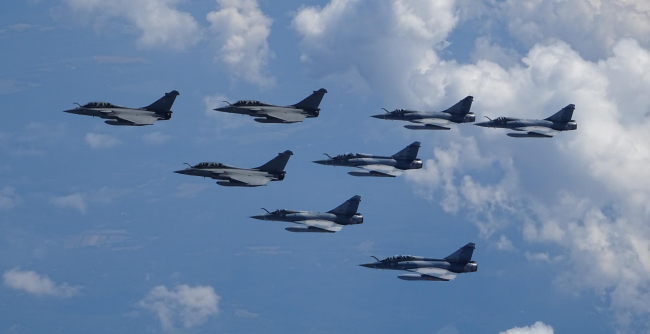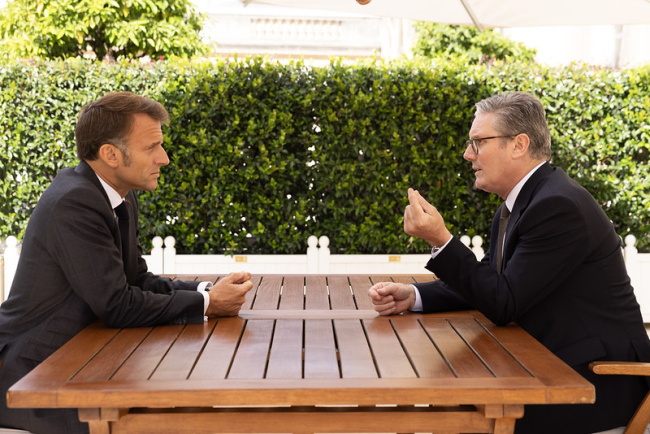No Longer a Middle Power: Australia’s Strategy in the 21st Century

Confronted with a strained strategic environment and a relative decline of its resource base, Australia is currently going through a historical shift of its global status.

The country is heading towards a normalization of its approach to the world, realigning its capabilities with its strategic priorities on two different scales. While, for much of the 20th and 21st century, Australia aimed at being a “global middle power”, Australia is now clearly willing to turn into a “regional power”. It is thus relocating its core national interests towards the “inner ring”, i.e. the South Pacific and maritime Southeast Asia, and to a lesser extent, its “outer ring”, i.e. the Indo-Pacific and the wider world. This will translate into capability choices for the three Australian services, as each of them undergoes a deep shift in its operational horizon. The normalization of Australia will also impact its political strategy, as it seeks to balance the Chinese and American influences through trade and strategic partnerships across the Indo-Pacific area.
Download the full analysis
This page contains only a summary of our work. If you would like to have access to all the information from our research on the subject, you can download the full version in PDF format.
No Longer a Middle Power: Australia’s Strategy in the 21st Century
Related centers and programs
Discover our other research centers and programsFind out more
Discover all our analysesSaudi Arabia’s Nuclear Temptations. Lessons Learned from Regional Instability
Saudi Arabia’s integration in the international arena and regional stability, notably through reducing its dependence on fossil energies, are crucial elements for the success of the Kingdom’s Vision 2030, the Crown Prince’s top priority. However, Mohammed bin Salman’s declarations in 2018 and 2021, indicating that “if Iran develops a nuclear bomb, we will follow suit as soon as possible”, combined with the recent strikes on key Iranian nuclear facilities, do not bode well for the future of the Kingdom, the region and the non-proliferation regime at large.
The Future of Air Superiority. Command of the Air in High Intensity Warfare
Air superiority, understood as control of the air, is a cornerstone of the Western art of warfare. It is a decisive condition, albeit not sufficient by itself, to achieve military victory, as it enables the concentration of air power toward the achievement of wider strategic objectives and protects other components from unbearable attrition levels. It is best achieved through the offensive use of air power in a joint effort to neutralize the enemy’s air power.
Europe Uncovered?
As Russia continues to threaten Europe, the Trump administration is making no secret of its desire to withdraw—at least partially—from the defense of the Old
Continent in order to focus on strategic competition with China. It is thus putting pressure on its European allies to increase their investment in the military sector. The NATO Summit in The Hague in June 2025 resulted in ambitious commitments by member states to increase their defense spending.
How should Britain and France cooperate to realise the Northwood Declaration?
During his state visit to the United Kingdom (UK) last week, Emmanuel Macron, President of France, signed a joint declaration with Sir Keir Starmer, Prime Minister, on nuclear cooperation between Britain and France. The Northwood Declaration highlights that while both countries’ nuclear arsenals remain sovereign, cooperation on nuclear deterrence can ‘contribute significantly’ to the security of the North Atlantic Treaty Organisation (NATO) and the Euro-Atlantic region.











